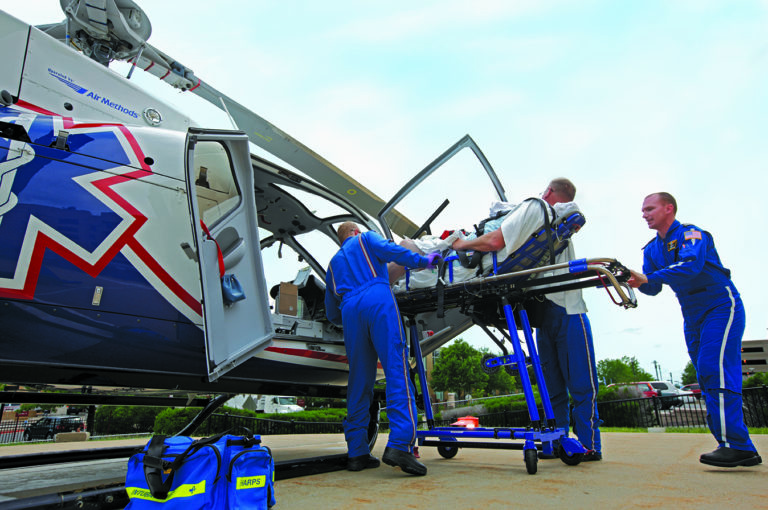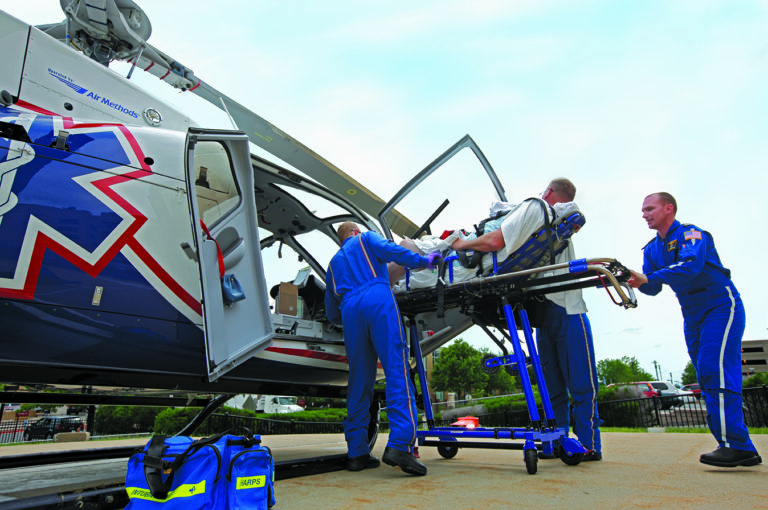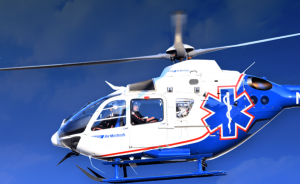US air medical industry ‘being shaped by five top trends’


The US air medical industry is being shaped by five top trends, according to helicopter and fixed wing medical specialist Air Methods. Each of the trends will create more demand for its air medical services, says the company.
The top three changes affecting medical transport are obstetrical (OB) units closing across the US, growing hospital staff shortages and struggling ground emergency medical services (EMS), claims the company.
More than 100 OB units have closed recent years, leading to dozens of rural community hospitals nationwide asking Air Methods bases for help in bridging the gap between their emergency departments and OB units, it says. The distance between obstetrics services in rural communities is often between 30 to 90 minutes.
“With OB units closing in many hospitals across the country, we recognise the need to provide transport of high-risk OB patients to facilities that have high-risk OB capabilities,” said Cheri Kommor, vice president of Clinical Services. The company’s critical care flight clinicians are highly trained and experienced in the care of high-risk OB patients and can provide a safe and rapid mode of transport for this time-sensitive patient population, she added.
Hospital staff shortages, particularly of nurses and specialised doctors, are said to be decreasing bed availability and reducing hospitals’ ability to send nurses with ground EMS teams in critical care transport situations. Air Methods said it can dispatch aircraft early with its early notification activation policy and host drills within rural emergency departments and intensive care units.
Struggling ground EMS teams also highlight the need for enhanced air medical support, claimed the company. US ground EMS agencies, both paid and volunteer, are suffering from staff shortages of emergency medical technician-paramedic (EMTs) and paramedics plus financial challenges. There were not enough EMTs and paramedics before the Covid-19 pandemic and many people left the profession for retirement, increased salary, or due to emotional and physical burnout, said Air Methods. Ground EMS agencies are facing rising costs of fuel, ambulance purchases, wages, and benefits.
Aidan O’Connor, regional director of Sales for the Northeast, Air Methods, said: “We recognise that our EMS systems were fragile before the pandemic and are now seeing agencies not having enough providers to staff an ambulance, seeing annual budgets run dry, and ETAs to 911 and interfacility transfers being prolonged by not enough units available per day.” The company can help by meeting with EMS and hospital leadership to ensure they have established early activation policies and delivering critical care medical teams to patients as quickly as possible.
The final two changes influencing the demand for air medical services are increased paediatrics cases and more domestic travel and tourism. O’Connor said: “We are seeing a higher-than-normal paediatric patient population and have heard from our partners in healthcare that these are low volume, high acuity cases that require the highest level of skill, knowledge, and clinical equipment to treat.” Air Methods said it planned to ensure hospital staff and ground EMS providers are aware of its SimX training programmes with high fidelity simulators, cadaver labs, and skill workshops.
Finally increased domestic travel and tourism will create an increased demand for air transport services. Air Methods intended to respond by sharing tourism and travel predictions with local 911 emergency services and Public-Safety Answering Point (PSAP) centres, local hospitals, and local EMS agencies. It could also help to ensure local emergency management and first responders consider air medical for mass casualty events and build out their disaster event response plans.
Meanwhile, earlier this month, Air Methods opened a new US base to grow air medical services in Texas. The AirLift Texas air ambulance Eurocopter EC130 helicopter is intended to provide quicker response times for emergent and trauma cases plus transport for patients needing specialised care.
Five top air medical industry changes – at a glance
- Obstetrical units closing across the US
- Growing hospital staff shortages
- Ground emergency medical services struggle
- Increased paediatrics cases
- More domestic travel and tourism.







